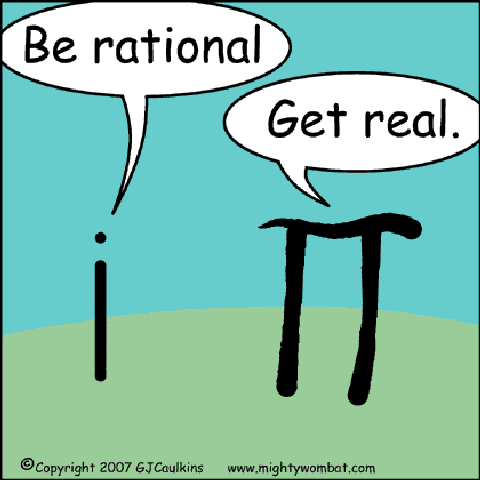Today we were blessed to have Ms. Norman step in to keep us all in line, as Mr. Maksymchuk was away today. Ms. Norman informed us that today was to be a work period, simply for us to catch up on any assignment, work on accelerated math, and study for the upcoming test.
After learning how to use graphmatica this semester I have found it very helpful in learning more about graphing and visualizing the "a,b,c,d" values of a function. As helpful as this is I encourage all of you to try drawing the graphs on graph paper also as it will help you tremendously come exam time!
I have also been visiting the Ron Blond site and http://www.math40s.com/ to help me understand concepts and for help in the exercises.
Reminder!!! Accelerated Math is due March 12th so get on your horse and get those objectives done! As well as a TEST Wednesday March 5th!

Image idea courtesy of Lucas...
Remember your times tables, and keep your stick on the ice,
Cramer
















































